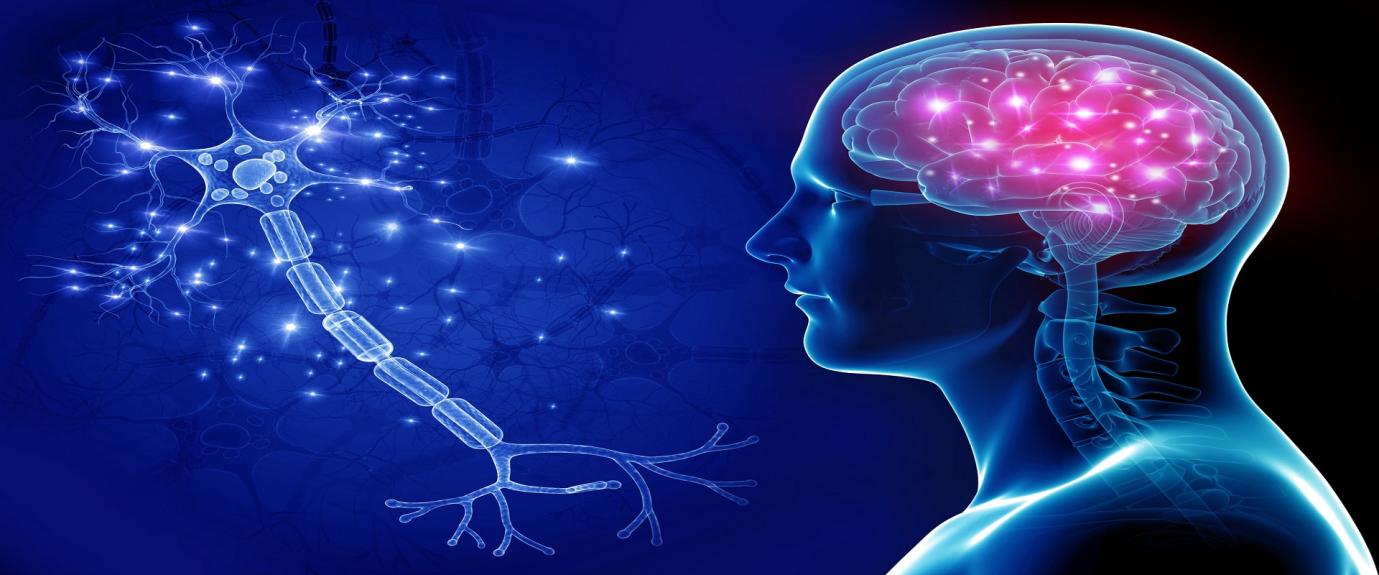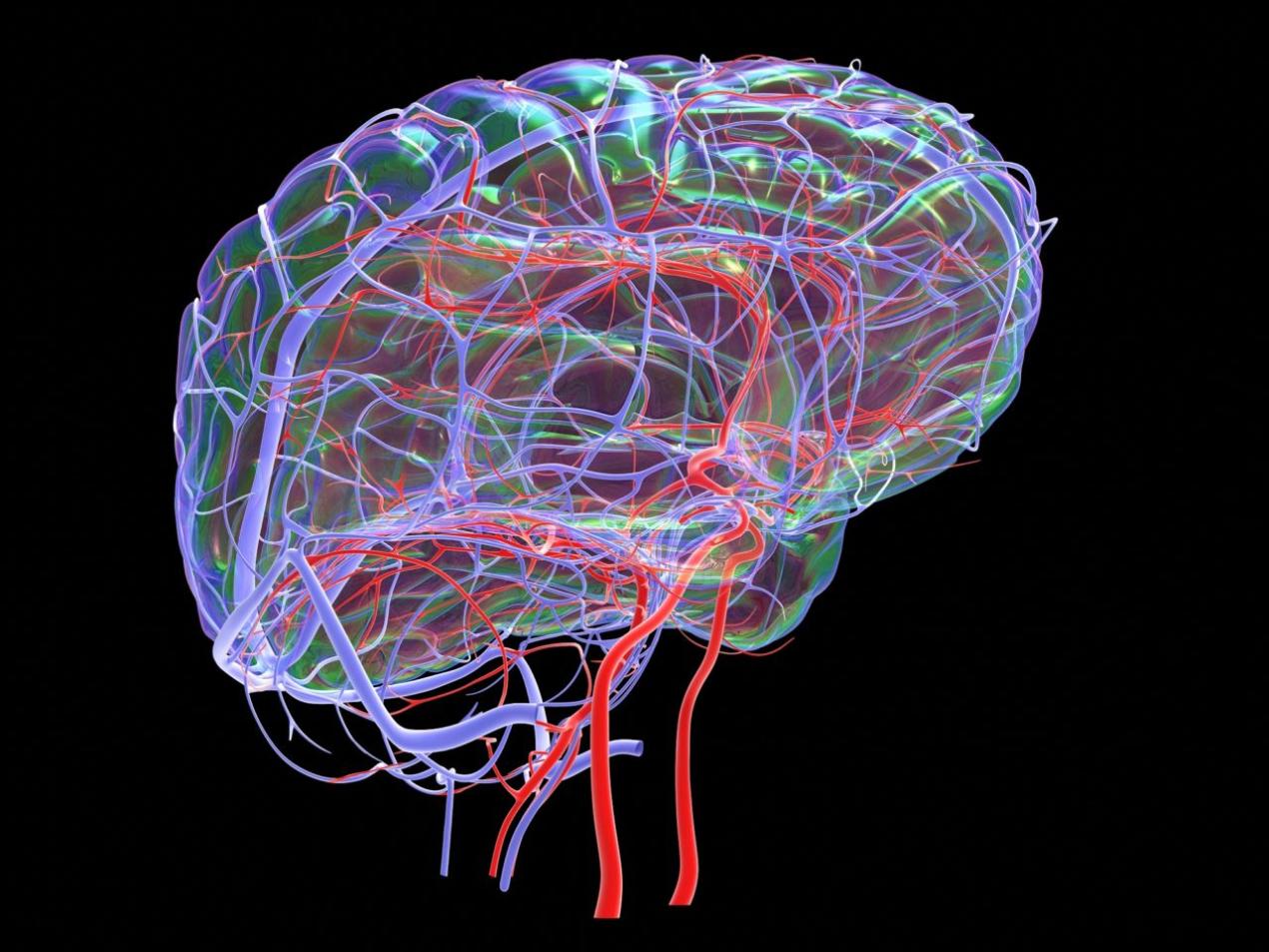Investigating Brain Plasticity's Role in Learning and Memory: Enhancing Cognitive Function
The human brain possesses an extraordinary ability known as brain plasticity, which allows it to adapt and change throughout life. This remarkable property plays a crucial role in learning and memory, enabling us to acquire new skills, knowledge, and experiences. Harnessing the potential of brain plasticity holds the promise of enhancing cognitive function and improving overall brain health.

I. Brain Plasticity And Its Mechanisms
Brain plasticity manifests in various forms, including structural and functional changes.
A. Structural Plasticity
- Neurogenesis: The birth of new neurons, primarily in specific brain regions like the hippocampus, contributes to learning and memory formation.
- Synaptogenesis: The formation of new synapses, or connections between neurons, strengthens neural circuits and facilitates information processing.
- Pruning: The elimination of weak synapses refines neural circuits, enhancing their efficiency and specificity.
B. Functional Plasticity
- Long-Term Potentiation (LTP): A process that strengthens synaptic connections in response to repeated activity, underlying learning and memory.
- Long-Term Depression (LTD): A process that weakens synaptic connections in response to infrequent activity, contributing to forgetting and synaptic pruning.
- Remapping of Neural Circuits: The brain's ability to reorganize neural circuits in response to injury or changes in sensory input, allowing for functional recovery and adaptation.
II. Harnessing Brain Plasticity For Cognitive Enhancement
Given the profound role of brain plasticity in learning and memory, researchers are exploring various approaches to harness its potential for cognitive enhancement.
A. Cognitive Training
- Types of Cognitive Training Programs: These programs typically involve repetitive practice of cognitive tasks designed to improve specific cognitive abilities, such as memory, attention, and problem-solving.
- Evidence for Effectiveness: Numerous studies have demonstrated the effectiveness of cognitive training in improving cognitive function, particularly in older adults and individuals with cognitive decline.
B. Brain Stimulation Techniques
- Transcranial Magnetic Stimulation (TMS): A non-invasive technique that uses magnetic pulses to stimulate specific brain regions, modulating neural activity and potentially enhancing cognitive function.
- Transcranial Direct Current Stimulation (tDCS): Another non-invasive technique that uses weak electrical currents to modulate neural activity, with potential benefits for cognitive enhancement.
- Deep Brain Stimulation (DBS): An invasive technique that involves implanting electrodes into specific brain regions to deliver electrical stimulation, primarily used for treating movement disorders but also showing promise for cognitive enhancement.
C. Pharmacological Interventions
- Nootropics (Smart Drugs): Substances that are claimed to enhance cognitive function, although their efficacy and safety are often questionable.
- Neuroprotective Agents: Substances that protect neurons from damage and promote brain health, potentially preserving cognitive function.
- Antidepressants: Some antidepressants have been shown to have cognitive-enhancing effects, particularly in individuals with depression.
III. Challenges And Future Directions
While research into brain plasticity and cognitive enhancement holds great promise, several challenges and considerations remain.
A. Individual Differences in Brain Plasticity

Individuals exhibit varying degrees of brain plasticity, which may influence the effectiveness of cognitive enhancement interventions.
B. Ethical Considerations
The use of brain stimulation techniques and pharmacological interventions for cognitive enhancement raises ethical concerns regarding fairness, equity, and potential misuse.
C. Need for More Research on Long-Term Effects
Long-term studies are needed to assess the sustained benefits and potential adverse effects of cognitive enhancement interventions.
D. Future Directions for Research and Development
- Investigating the mechanisms underlying individual differences in brain plasticity.
- Developing personalized cognitive enhancement interventions tailored to individual needs and preferences.
- Exploring the potential of combining different cognitive enhancement approaches for synergistic effects.
IV. Conclusion
Brain plasticity is a remarkable phenomenon that underpins our ability to learn, remember, and adapt to new experiences. Harnessing the potential of brain plasticity offers exciting prospects for enhancing cognitive function and improving brain health. However, further research is needed to address challenges, ensure ethical considerations, and develop safe and effective cognitive enhancement interventions. By delving deeper into the intricacies of brain plasticity, we can unlock new avenues for improving cognitive performance and overall well-being.
YesNo

Leave a Reply